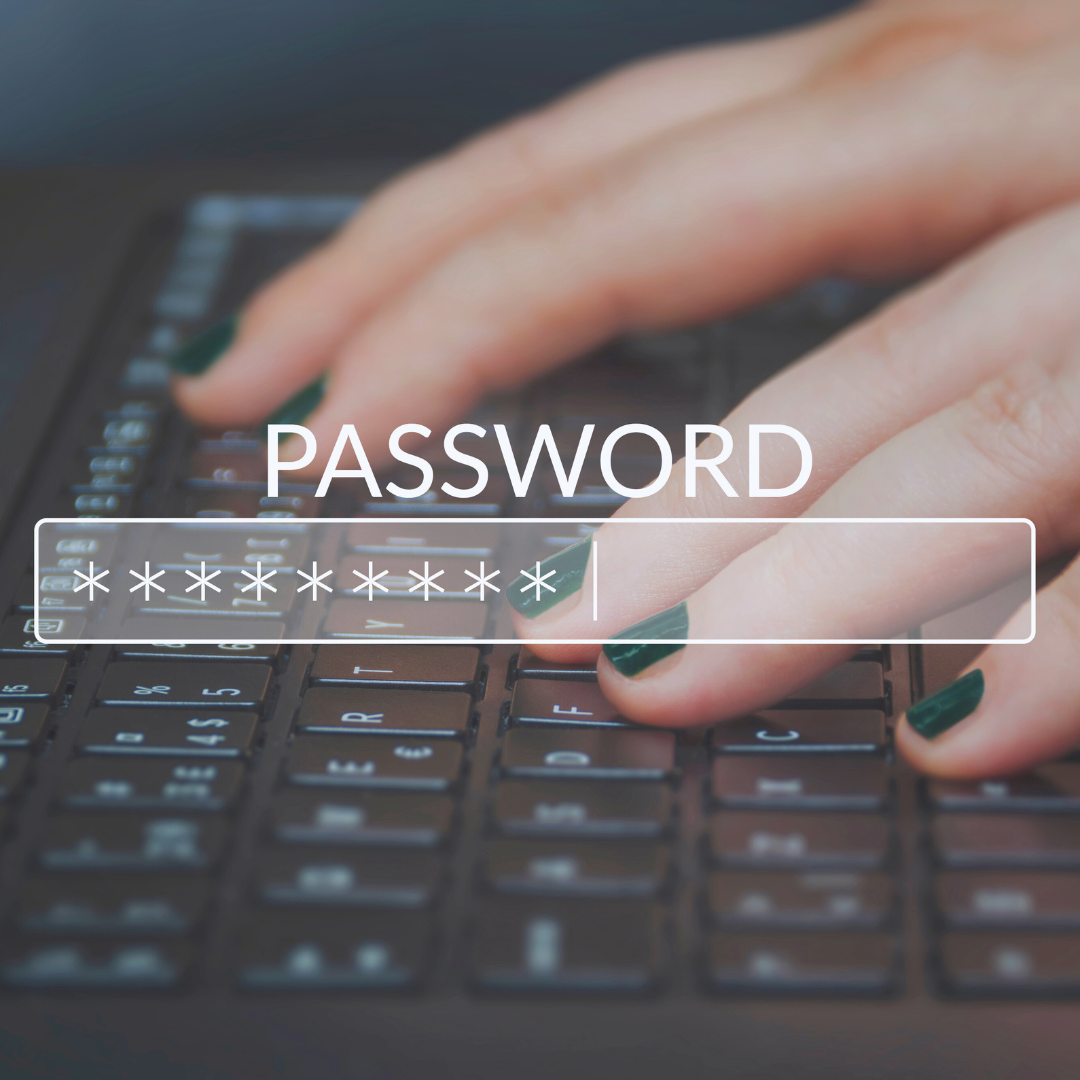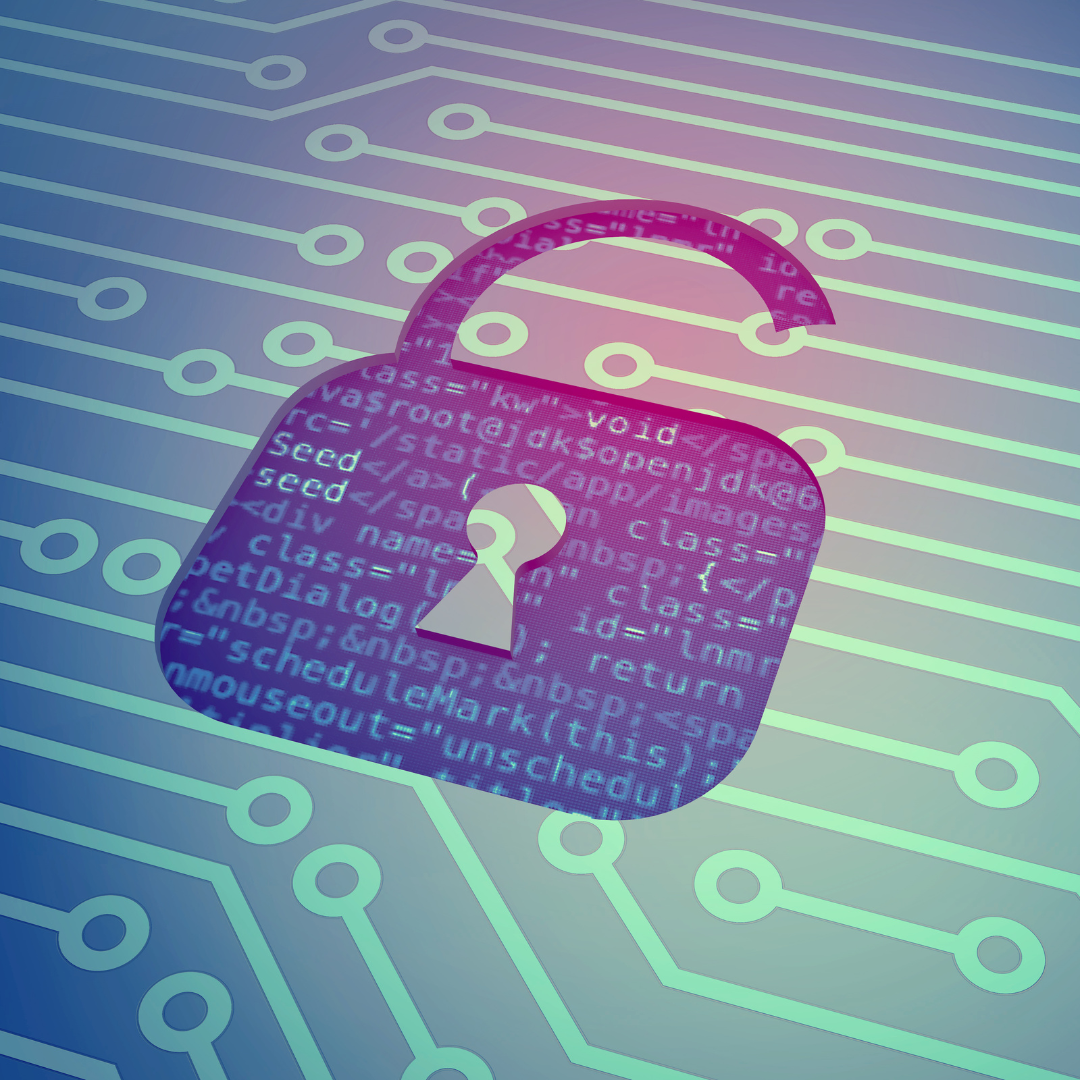As technology evolves, many expect a future where passwords become obsolete, replaced by biometric or other advanced authentication methods. Yet, strong passwords remain a critical line of defence against cyber threats, even in a passwordless environment. The idea that passwords will vanish can lead to complacency, but this mindset ignores the continued risk of data breaches and identity theft.
While alternatives to traditional passwords may be emerging, not all systems are ready for a complete transition. In this transitional phase, relying on robust passwords can safeguard accounts until more secure methods are universally adopted. Understanding the importance of strong passwords is essential for navigating today’s mixed authentication landscape.
Cybersecurity is an ongoing challenge that requires vigilance. Even with advancements in technology, cultivating strong password practices is vital for protecting sensitive information. With cyberattacks becoming increasingly sophisticated, individuals and organisations must not underestimate the value of a strong password strategy.
The Evolution of Passwordless Authentication
The shift towards passwordless authentication has involved significant changes in how users access online services. Key developments like passkeys and various authentication methods have emerged as alternatives to traditional passwords, enhancing security and user experience.
From Passwords to Passkeys: Key Developments
The transition from passwords to passkeys marks a notable advancement in security. Passkeys, which are cryptographic keys paired with a user’s device, replace the need for traditional passwords. These keys are stored securely on devices and can be used across multiple platforms.
The FIDO Alliance has played an essential role in this evolution, promoting standards that support passwordless authentication. Technologies like FIDO2 enable users to authenticate without entering a password, using secure devices instead. This shift reduces risks associated with password management, such as phishing and credential theft.
Popular Passwordless Login Methods
Several passwordless login methods have gained popularity, allowing for a seamless user experience. Common techniques include email magic links, SMS codes, and authenticator apps. Each method offers distinct advantages depending on the context of its use.
For instance, Windows Hello allows users to log in using facial recognition or a fingerprint. This biometric technology enhances security while providing convenience. Certificate-based authentication also contributes to the passwordless landscape by verifying users through digital certificates, and streamlining access while maintaining high-security standards.
Role of Biometrics and Security Keys
Biometric authentication is a cornerstone of passwordless technology. Fingerprints, facial recognition, and voice recognition provide unique identifiers that are difficult to replicate. This form of authentication significantly increases security for online services.
Security keys complement biometric methods by offering hardware-based authentication. These physical devices, such as YubiKeys, support standards like FIDO2. When used in conjunction with biometric methods, they create a robust authentication process that strengthens user data protection while simplifying access.
Why Strong Passwords Remain Essential
In a landscape that is gradually shifting towards passwordless authentication, the importance of maintaining strong passwords should not be overlooked. Legacy systems, potential fallback scenarios, the dangers associated with weak passwords, and the necessity of a robust security posture underscore their continued relevance.
Legacy Systems and Online Accounts
Many organisations still rely on legacy systems that necessitate the use of traditional passwords. These systems often lack the capability to implement modern authentication methods, such as biometrics or two-factor authentication. Therefore, strong passwords are essential to protect these accounts from unauthorised access.
In addition, various online accounts require passwords for access, ranging from emails to social media platforms. A single strong password can significantly reduce the risk of account compromise, especially when coupled with a unique password for each service. Password management practices become critical in these scenarios to ensure security.
Fallback and Recovery Scenarios
In situations where alternative authentication methods fail or are unavailable, strong passwords serve as a vital fallback. Users sometimes encounter issues with biometric readers or token devices, making it necessary to revert to traditional passwords. Having a robust password ensures continued access under these circumstances.
Furthermore, recovery scenarios often mandate password resets. If a user forgets a password or an account becomes compromised, strong passwords can make the reset process more secure. When combined with security questions or email verifications, they fortify identity security.
Risks from Weak or Reused Passwords
The use of weak or reused passwords significantly increases the risk of security breaches. Cybercriminals frequently exploit such vulnerabilities through techniques like credential stuffing. If a password is compromised in one system, it can lead to unauthorised access across multiple accounts.
Adopting strong, unique passwords is essential to mitigate these risks. For added security, users should employ a password manager to help generate and store complex passwords. This reduces the likelihood of sticking to easy-to-remember, yet weak options.
Maintaining a Robust Security Posture
Strong passwords are a cornerstone of a robust security posture. In an era where identity security is paramount, they help protect sensitive information from unauthorised access. Regularly updating passwords is another best practice that aids in minimising exposure to security threats.
Incorporating strong passwords into a broader security strategy, including regular audits and employee training, enhances overall security. This comprehensive approach ensures that users understand the significance of strong passwords within the context of organisational security measures.
Emerging Security Threats in a Passwordless Landscape
As organisations transition to passwordless authentication, they face evolving security threats that exploit the weaknesses of new technologies. The landscape is shifting, presenting unique challenges that require vigilance and adaptability.
New Forms of Cyberattacks and Cyber Threats
In a passwordless environment, cybercriminals adapt their tactics to exploit alternative vulnerabilities. They now focus on sophisticated attacks that involve exploiting biometric systems, hardware tokens, and one-time codes. For instance, vulnerabilities in biometric sensors could allow unauthorised access through spoofing techniques.
Moreover, hardware tokens can be targeted through physical theft or interception during transmission. As companies adopt these technologies, the risk of emerging cyber-attacks increases, necessitating robust security measures to safeguard against advanced infiltration methods.
Phishing and Unphishable Credentials
Phishing remains a prevalent threat even as traditional passwords diminish in use. Cybercriminals are developing advanced phishing techniques that target passwordless systems, tricking users into revealing sensitive information or compromising biometric data. The concept of “unphishable credentials” does not eliminate the risk of social engineering attacks.
Users may fall victim to scams disguised as legitimate requests from trusted sources. This ongoing threat highlights the need for ongoing education regarding safe online practices and the implementation of multi-factor authentication to add layers of security.
Credential Stuffing and Malicious Actors
Credential stuffing continues to pose a significant challenge in a passwordless future. Although traditional passwords might be phased out, the basic principle of using compromised data from one service on another remains unchanged. Malicious actors often use automated bots to exploit this trend, launching mass login attempts across various platforms.
If vulnerabilities exist in security protocols, they can gain unauthorised access, leading to severe breaches. It becomes essential for organisations to monitor unusual access patterns and adjust security measures promptly to mitigate these threats effectively.
Ransomware and Data Breaches
Ransomware attacks are evolving alongside passwordless technologies. Cybercriminals are now focusing on institutions with weaker security protocols, utilising ransomware to encrypt data and demand payment for decryption. The absence of traditional passwords does not reduce the incentive for malicious actors.
Furthermore, data breaches can still occur from unprotected systems, exposing sensitive information. Companies must employ robust data protection strategies, such as regular system audits and incident response plans, to safeguard against these threats. The landscape may change, but the need for comprehensive security remains constant.
Establishing Resilient Authentication Strategies
Organisations must adopt robust authentication strategies to safeguard sensitive information. Emphasising approaches such as multi-factor authentication (MFA) and secure access management enhances identity security. Implementing proper encryption further fortifies these measures.
Implementing Multi-Factor and Multifactor Authentication
Multi-factor authentication (MFA) adds an essential layer of security by requiring users to verify their identity through multiple steps. This often includes a combination of something they know (a password), something they have (a smartphone app), or something they are (biometric data).
Two-factor authentication (2FA) is a subset of MFA, primarily using just two factors. Successful implementation of MFA can substantially reduce the risk of unauthorised access by making it significantly harder for cybercriminals to compromise accounts. Azure AD offers robust support for MFA, helping organisations enforce these protocols successfully.
Adopting Secure Access Management Practices
Effective identity and access management (IAM) is crucial for regulating who can access what resources within an organisation. By employing role-based access control (RBAC) and the principle of least privilege, organisations can minimise risk.
Access management should also include regular audits to ensure compliance with established security policies. Additionally, single sign-on (SSO) solutions can streamline user experiences while maintaining security. By consolidating access points, companies can enhance productivity without undermining security protocols.
The Role of Encryption and Identity Management
Encryption is vital for protecting sensitive data both at rest and in transit. Implementing strong encryption algorithms ensures that even if data is intercepted, it remains unreadable. This is particularly critical in an era where data breaches are increasingly common.
Alongside this, effective identity management allows for better tracking and monitoring of user behaviour. Enhanced visibility into login patterns can help in identifying suspicious activity promptly. Establishing comprehensive security measures, such as encryption and robust identity management, will be imperative for protecting digital assets in the future of security.




